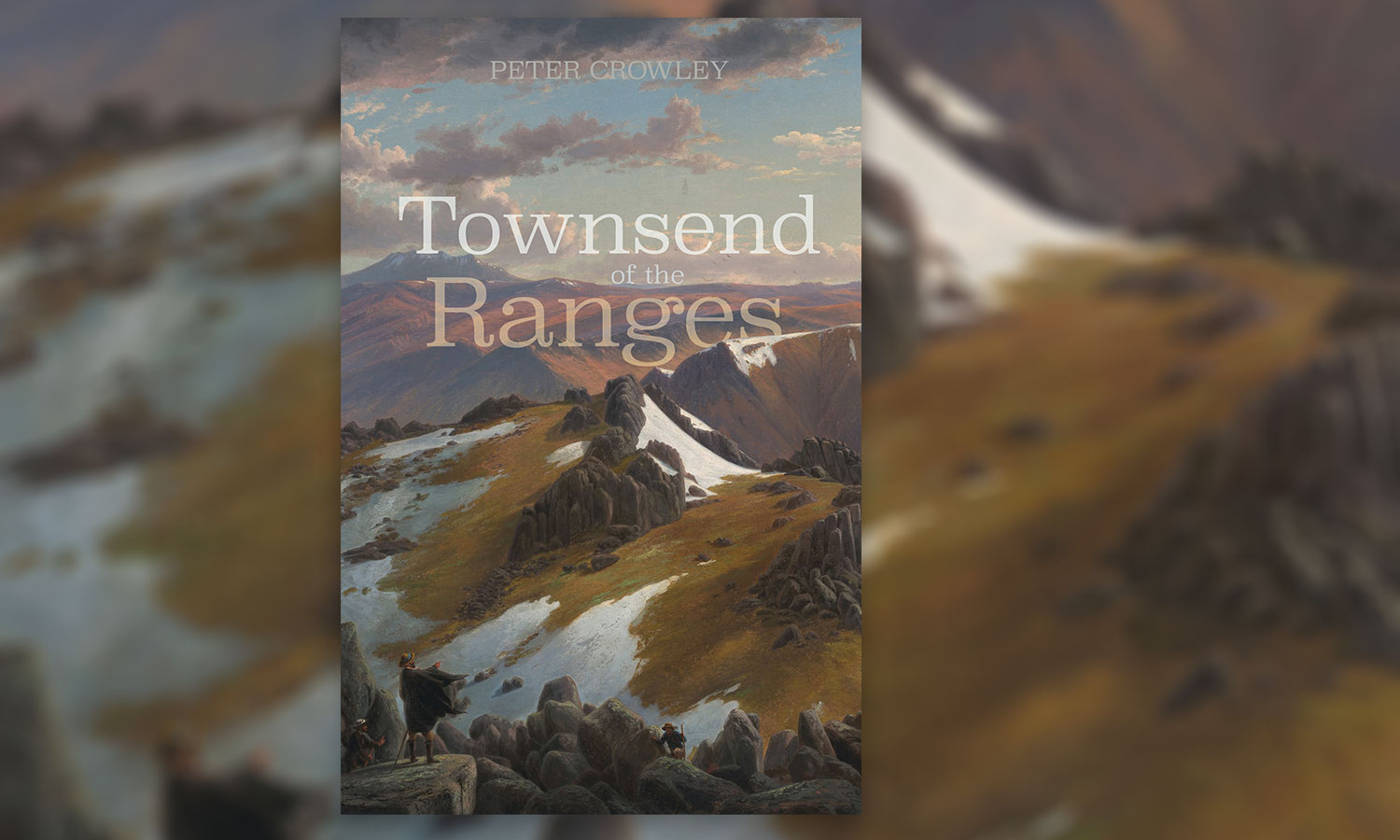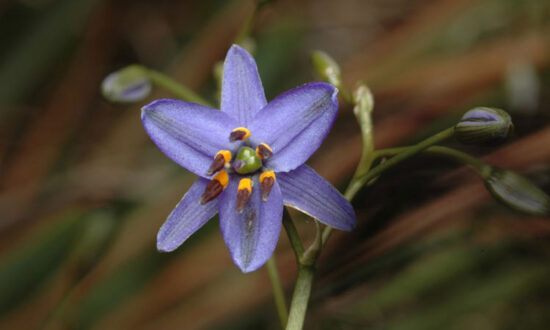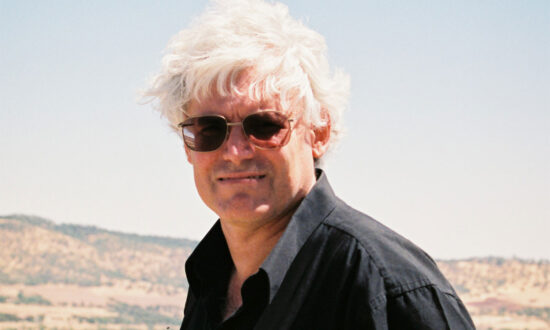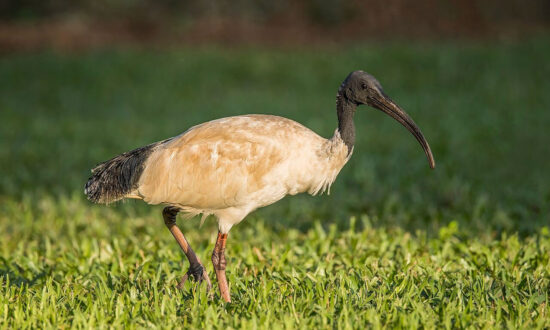What Clancy was to the Overflow, Thomas Scott Townsend was to Australia’s loftiest reaches. Yet few have heard his name. He ought to have been famous in his time and ever since as Townsend was the surveyor who from 1831 to 1854 put one town after another on the map.
Towns like Portland, Eden, Albury, Tumut and Wagga (twice). He also, as this new study argues, might have been the first European to reach the continent’s highest point.
This gripping work might also convince you that Townsend has a better claim than anyone as the first European to have located the source of Australia’s longest river.
Beyond all doubt is his role in defining where the Victoria-NSW border would run. The point where that straight-line descent to the sea begins is called Townsend Corner, an almost solitary monument to his belatedly celebrated career.
Absences have long dominated Townsend’s personal landscape, where markers should have been. Two decades-plus of slogging through seemingly impenetrable scrub and forest, with broken-axled drays and broken-down nags, battling everything from mutinous convicts in his work party to kidnap by bushranger – and what did he have to show for it?
No diary. No entry in the Australian Dictionary of Biography. Not even a portrait. Diligence and obedience to higher-ups saw him often passed over for rightful promotion, an object lesson in the dangers of excessive submissiveness. The solitariness of his work, too, contributed to a mental collapse just when, newly married, he had found personal happiness long denied.
As Peter Crowley, the author of Townsend of the Ranges, puts it, “the need for him to work from remote bases ensured that his life remains a lonely one”.
Crowley, who has literally followed in Townsend’s footsteps, gives credence to the theory that Paul Strzelecki, long credited as the first European to scale Mount Kosciuszko (which he named after his famous compatriot), actually conquered Australia’s second highest peak 4km away, Mount – you guessed it – Townsend.
History is often a catalogue of accidents, or what William Dalrymple calls “happenchance”. If not for his superiors, from Major Thomas Mitchell – NSW Surveyor-General for 28 years – to Robert Hoddle, who quit surveying Melbourne due to ill-health, thus elevating Townsend, and later abruptly reclaimed his post, pushing our hero out again – he might have risen to the top.
I could write several hundred more words in praise of this illuminating work, but that would only add to the overflow. Another Banjo Paterson ballad celebrates the dashing skill of an Alpine horseman, “a household word today; and the stockmen tell the story of his tale”.
That no one has told this tale until now is a function of the spell certain words cast. Surveyor, like accountant, is a job description that reeks of boredom. But those who perform its duties find them fascinating, although conveying the excitement of such a pursuit is a challenge to the skilled writer.

Get InReview in your inbox – free each Saturday. Local arts and culture – covered.
Thanks for signing up to the InReview newsletter.
This writer meets the challenge with a rare capacity for perceptiveness, observing: “We are unlikely … to think of the surveyors engaged in their day-to-day work as explorers, although we should.”
The shade of Tom Townsend who, in that loaded term, discovered so much of the lands these words are being read on, has waited far too long in oblivion for his own discoverer. Peter Crowley has come to the rescue in dashing style.
Townsend of the Ranges by Peter Crowley, NLA Publishing, $36.99
Support local arts journalism
Your support will help us continue the important work of InReview in publishing free professional journalism that celebrates, interrogates and amplifies arts and culture in South Australia.
Donate Here




